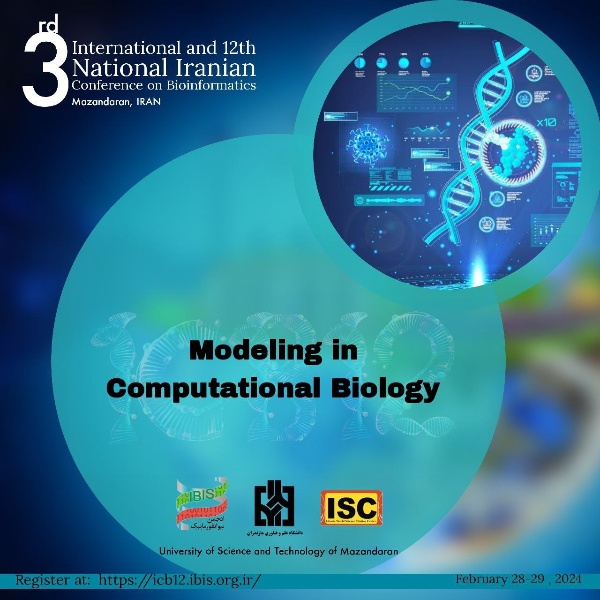Computational biology is an interdisciplinary field that applies techniques from computer science and mathematics to the understanding and modeling of biological systems. Modeling plays a crucial role in computational biology, allowing researchers to simulate and analyze complex biological processes
Bioinformatics emerged in the 1970s, driven by the need to analyze biological data using computational methods.The Human Genome Project, starting in 1990, exemplified computational biology’s impact, mapped 85% of the human genome by 2003, with continued efforts leading to a “complete genome” by 2021.In addition to helping sequence the human genome, computational biology has helped create accurate models of the human brain, map the 3D structure of genomes, and model biological systems.
Computational biology finds diverse applications in various biological domains:
Anatomy: Computational anatomy focuses on modeling and simulating biological structures at the visible or gross anatomical scale. It leverages 3D measurements, such as magnetic resonance imaging, to extract anatomical coordinate systems.
Data and Modeling: Mathematical biology uses theoretical models to understand biological systems, drawing on discrete mathematics, topology, Bayesian statistics, and algebra. Bioinformatics, a key subfield, involves storing, retrieving, and analyzing biological data, often focusing on genetics.
Systems Biology: This field explores interactions within biological systems, employing computational techniques from biological modeling and graph theory to study complex interactions at cellular levels.
Evolutionary Biology: Computational biology aids evolutionary biology by using DNA data for phylogenetic reconstruction, fitting population genetics models, and predicting evolutionary outcomes.
Genomics: Computational genomics studies genomes, such as the Human Genome Project, aiming to sequence entire genomes for personalized medicine. Sequence homology and alignment are essential tools for comparing genetic data.
3D Genomics: This area focuses on the organization and interaction of genes within eukaryotic cells, using techniques like Genome Architecture Mapping (GAM) to capture complex genome networks.
Neuroscience: Computational neuroscience models brain function to understand neurological systems, ranging from realistic brain models with detailed cellular information to simplified models targeting specific properties.
Pharmacology: Computational pharmacology analyzes genomic data to link genotypes with diseases and screen drug data. It plays a crucial role in efficiently comparing data points for drug development and predicting future mutations in cancer.
Overall, computational biology enhances our understanding of biological systems across scales, from anatomy and evolution to genomics and neuroscience.
In conclusion, computational modeling is a powerful tool in the field of biology that enables researchers to study complex biological systems and processes. By combining mathematical and computational techniques with biological knowledge, researchers can gain insights into the behavior of biological systems, test hypotheses, and make predictions. Continued advancements in computational modeling and data analysis techniques hold promise for accelerating discoveries in the field of computational biology.
References
- Hogeweg, Paulien (7 March 2011). “The Roots of Bioinformatics in Theoretical Biology”. PLOS Computational Biology. 3. 7 (3): e1002021. Bibcode:2011PLSCB…7E2021H. doi:10.1371/journal.pcbi.1002021. PMC 3068925. PMID 21483479.
- Biomedical Information Science and Technology Initiative. (2000, July 17). NIH working definition of bioinformatics and computational biology
- Ninh Laboratory of Computational Biology. (2013, February 18). The Sub-fields of Computational Biology. Retrieved April 18, 2022
- National Human Genome Research Institute. (2020, February 24). Human Genome Project FAQ. Retrieved April 20, 2022


